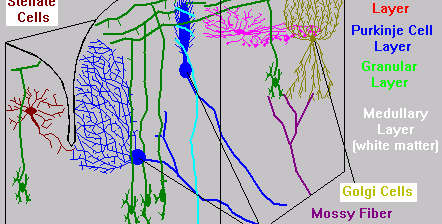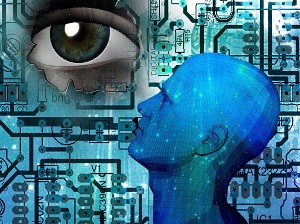Category Archives: Cognitive Science
03 Aug Exformation vs. Subtext

Many of us humans like to congregate and communicate. Much of our communication, including this blog, is intended to be shared widely and to persist beyond the moment, whether we are attempting to share the thought of the moment, or change the course of human history. When we congregate, whether for a TED talk, a […]
02 Aug What is a Set: Multiple Meanings in Digital Lingo

Polysemy What is the meaning of “bump” or “set” or “spike”? Polysemy means multiple meanings, or semantic representations for a single word or phrase. In digital Lingo, that is ones and zeros, we have the ultimate example of minimal symbolic diversity delivering infinite possible meanings. Fortunately human languages give you more than two choices of symbols, […]
28 Jul The Democratization of Knowledge

Joe Roushar – July 2012 Knowledge is Power Knowledge is concentrated in too few people (Boyle 1996). People in privileged countries and classes have all they want. Many others don’t know what they don’t know. A huge project called One Laptop Per Child is seeking to remedy this one child at a time. This is one […]
05 Jul Motor Center Structure and Function

The past few posts in this section have focused on the Cerebrum where thought seems to be centered: we may compare this to a computer. The Cerebellum is where signals for the muscles’ motor control originate: we may compare this to a robot. My point in looking at this is to reinforce the heterogeneity perspective (i.e. […]
02 Jul Centers of Attention and Consciousness

Can software be conscious? I remember when PC software began to appear that would keep listening after you closed the main program (TSR or Terminate but Stay Resident). Most of those functions migrated to Operating Systems. Operating Systems have grown to occupy a huge footprint on the computer and perform a vast array of functions. Might it be […]
25 Jun A World of Chaos

A World of Chaos We are inundated with information, with virtually no limit on our capacity to produce more. I brought this up in the beginning of the introduction. Since the invention of the printing press a few centuries ago (circa 1447), thinkers and postulators have been able to share information much more effectively (something […]
23 Jun Varieties of Nerve Cells

Did you know that not all brain cells are created equally? I think they are more different from one another than snowflakes and some of the differences are astounding. The heterogeneity of neurons indicates that modeling brain functions may require a heterogeneous approach (as opposed to many neural networks that are homogeneous). Besides the differences in branching patterns […]







